The Geophysical Institute of Peru (IGP) has developed, with ERN-Latin America supervision and technical assistance and World Bank financing, Peru’s seismic hazard model, input required in generating the country’s seismicity map. Although different institutions have conducted specific studies in this area, the IGP study is expected to be deemed official, and, hence, to be used formally as reference in all hazard and risk projects and studies carried out in Peru.
A seismicity map is a representation of the potential intensity of earthquakes at specific points within a territory. Therefore, the value of the IGP map is not limited to risk studies, but is also important input in determining acceptable structural behavior and, therefore, required levels of earthquake-resistance in structural design in Peru. That is, this map must be taken into account at least as reference in earthquake-resistant design standard E030 of Peru’s National Regulations on Structures.
To develop the map, IGP personnel were duly trained to handle the computational tools required to that end and received refresher and professional development training on seismicity concepts, local impacts, and structural behavior, so as to obtain not only maximum soil acceleration maps but also maps for different structural periods, as well as uniform hazard spectra for any point in the country. IGP personnel implemented all stages of map preparation, from analysis and determination of seismogenic sources to evaluation of different attenuation function options for subduction earthquakes.
One of the first applications of the map generated by the IGP will be to compile all seismic hazard data for Peru as seismic scenarios, in a format compatible with the CAPRA platform. This data, and the corresponding *.ame file, will be used by the Pontifical Catholic University of Peru team executing Technical Assistance Project 2 for risk and vulnerability analysis of schools and hospitals in Lima and Callao, with a view to assessing risk based on the seismicity map developed by the IGP.
The IGP is expected to become Peru’s source of seismic hazard data to be used for different purposes. In particular, it will be possible to prepare public investment project files, specifically their risk analysis-related aspects, utilizing uniform and substantially complete data on earthquakes—the country’s chief natural hazard. Moreover, it will be possible to review any private investment with data provided by the IGP, independently of the content of existing legislation and regulations.
The seismic hazard map developed by the IGP should be supplemented with existing data on soil types and seismic microzoning, or by developing such data for specific cities or regions in the country. Studies of this type are available for certain cities, but many of the country’s largest cities are expected to conduct microzoning studies shortly. The challenge for the IGP is to maintain an updated seismicity map by incorporating the most recent microzoning data. The map must also be kept current by incorporating data on the most recent seismic activity. Although such updates can be made from time to time, mechanisms need to be established for this to be done on a systematic basis.
